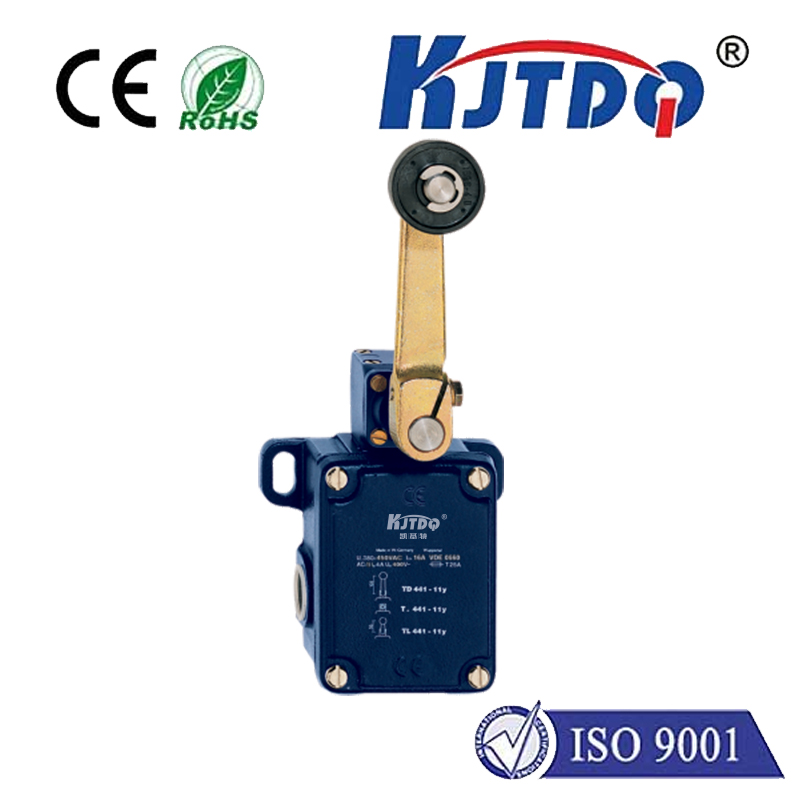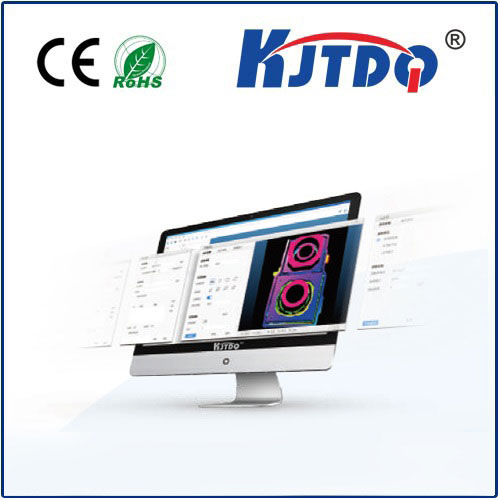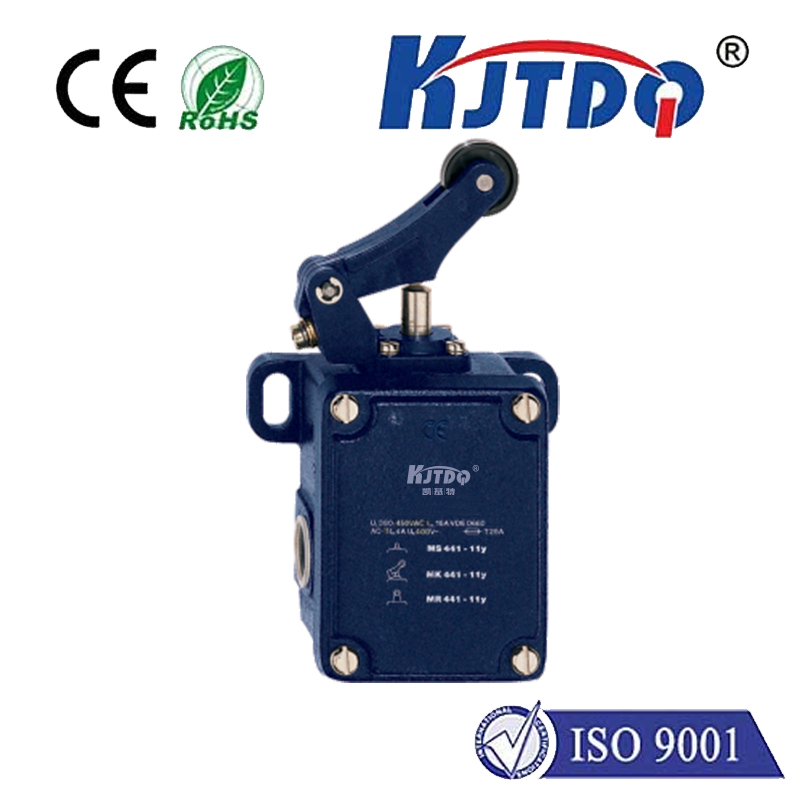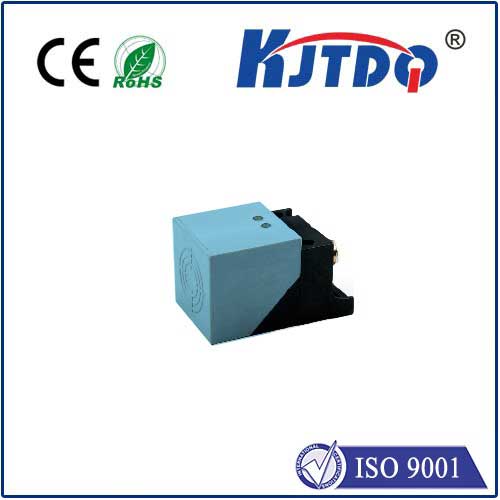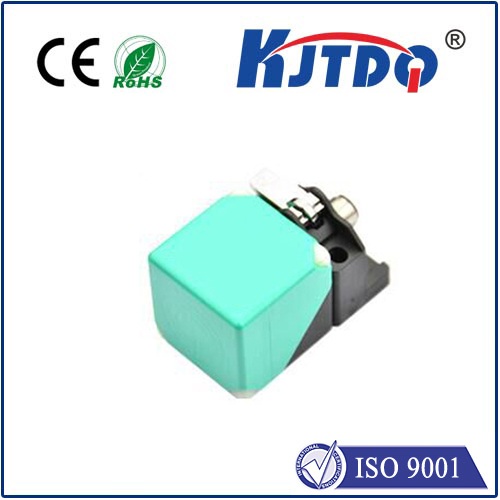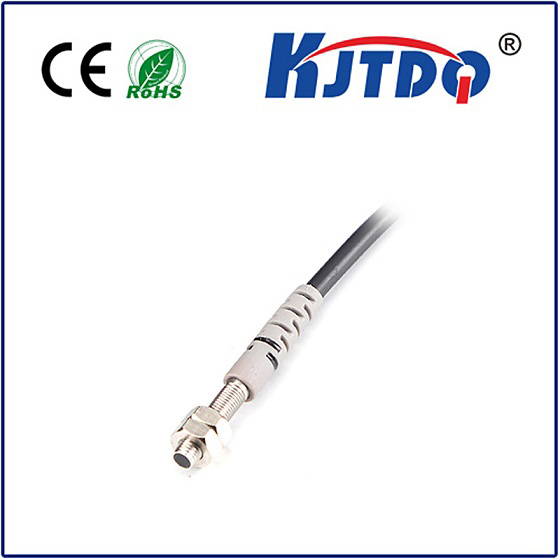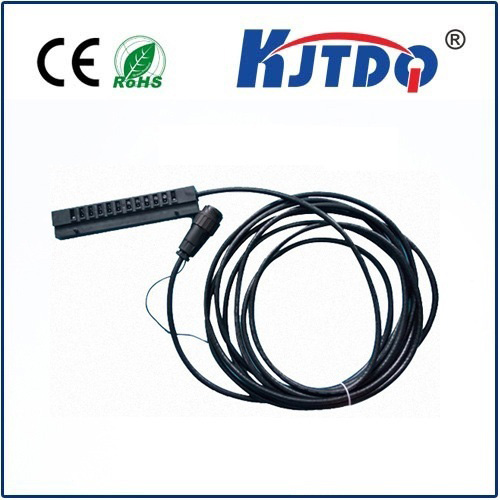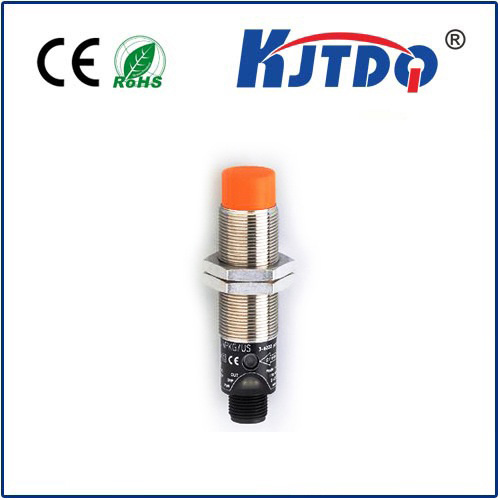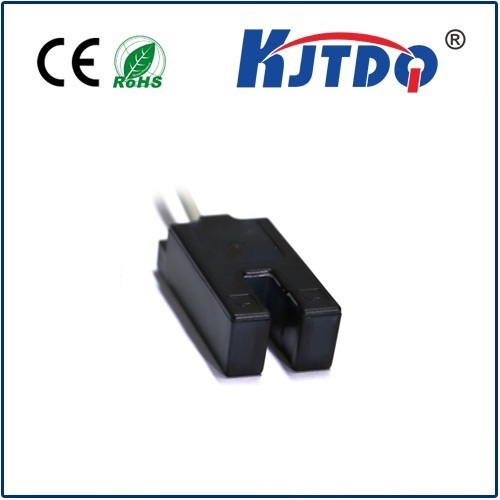
check

check

check

check
Title: Understanding Mechanical Limit Switches and Their Applications
Introduction to Mechanical Limit Switches
Mechanical limit switches are an essential component in various industrial and electronic devices. They work by transforming the motion of a mechanical arm or slider into an electrical signal that can be detected and processed by a control system. These switches are commonly used in applications where precise timing, positioning, and control are required, such as robotics, automotive industry, and food processing facilities. In this article, we will explore the basic principles behind mechanical limit switches, their types, and their applications in different industries.
Principles of Mechanical Limit Switches
Mechanical limit switches rely on two moving parts - the lever or slider and the contacts that connect them. When the lever moves beyond a certain position, the contacts open or close, generating an electrical signal that can be detected and processed by a control system. The distance between the lever's resting position and its maximum travel distance determines the type of limit switch required for a specific application. Some common types of mechanical limit switches include 3-position, 2-position, and microswitches.
Types of Mechanical Limit Switches
1. 3-Position Mechanical Limit Switches
3-position mechanical limit switches have three possible states: closed, half-open, and fully open. They consist of a lever with three positions (closed, half-open, and fully open) that move in response to mechanical force applied to them. When the lever is in the fully open position, the contacts are connected, generating an electrical signal. When the lever is moved to either the half-open or fully closed positions, the contacts separate, disconnecting the electrical signal.
2. 2-Position Mechanical Limit Switches
2-position mechanical limit switches have two possible states: open and closed. They are simple in design and do not require a lever with multiple positions. Instead, they use a single contact that can be moved manually to change the state of the switch. When the contact is in the open position, an electrical signal is generated, while when it is in the closed position, no signal is produced.
3. Microswitches
Microswitches are a type of mechanical limit switch that are smaller in size than traditional switches but offer similar functionality. They consist of a small lever or slider that moves in response to mechanical force applied to them. When the lever is in the fully open position, the contacts are connected, generating an electrical signal. When the lever is moved to either the half-open or fully closed positions, the contacts separate, disconnecting the electrical signal. Microswitches are commonly used in applications where space is limited or where precision is essential.
Applications of Mechanical Limit Switches
Mechanical limit switches have numerous applications across various industries due to their ability to provide precise control over mechanical systems. Some of their most common uses include:
1. Robotics: Mechanical limit switches are essential components in robotic arms and grippers because they allow robots to accurately navigate objects and perform complex tasks with high precision.
2. Automotive Industry: In automotive manufacturing, mechanical limit switches are used to control various functions such as door locks, power windows, and steering mechanisms. They ensure that these systems operate smoothly and safely under varying conditions.
3. Food Processing Facilities: Mechanical limit switches are used in food processing facilities to monitor conveyor belts and ensure that products move smoothly without interruptions or damage. They also help prevent cross-contamination by preventing equipment from operating when certain products are present on the belt.
Conclusion
Mechanical limit switches play a crucial role in many industrial and electronic devices by providing precise timing, positioning, and control over mechanical systems. They come in various types and designs depending on the specific application requirements and offer numerous benefits such as accuracy, reliability, and ease of maintenance. As technology continues to advance, it is likely that mechanical limit switches will become even more prevalent in different industries due to their ability to adapt to new challenges and opportunities.

